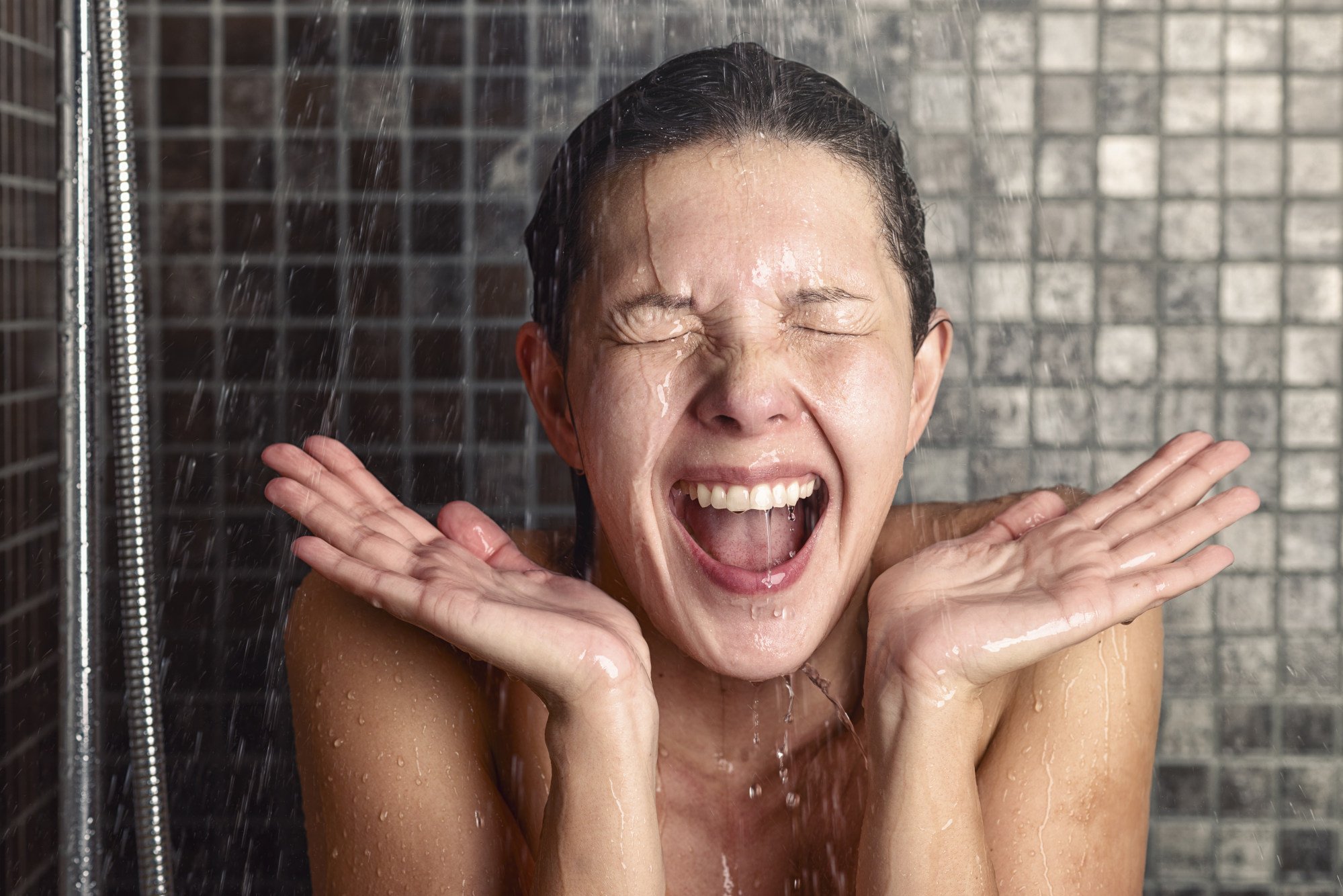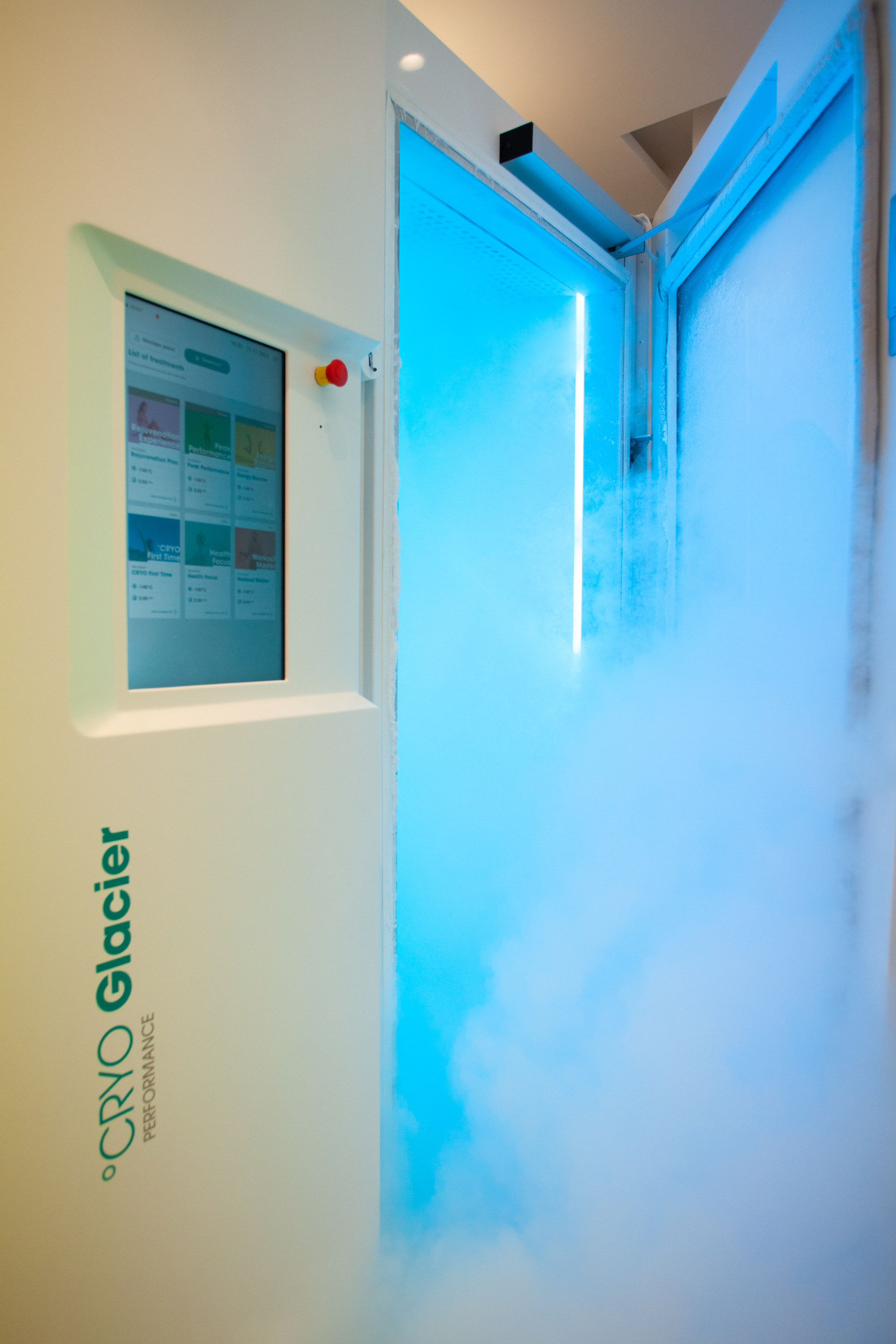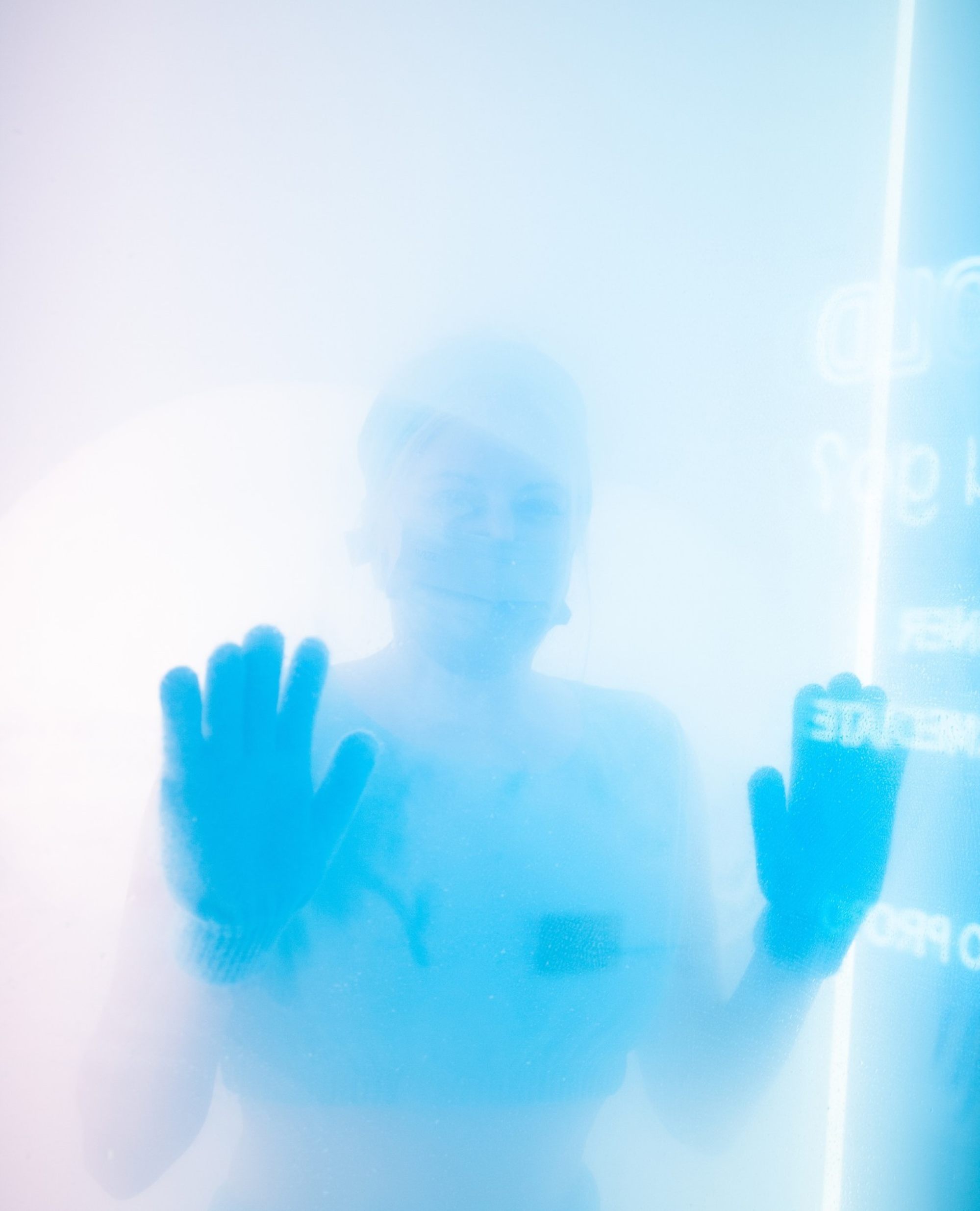
Explainer | We try whole-body cryotherapy, used by LeBron James, Jennifer Aniston and others for better sleep, muscle recovery, lower stress
- Whole-body cryotherapy involves spending two to four minutes in a chamber with much of your body exposed to air cooled to between minus 110 and minus 140 Celsius
- Fans of the treatment use it to reduce inflammation, speed up muscle recovery post-exercise, improve sleep and relieve stress. We give it a try in Hong Kong
For many professional athletes, such as basketball players LeBron James and Stephen Curry, cryotherapy is a must for their postgame recovery.
The form that gets the greatest celebrity attention is whole-body cryotherapy (WBC) – which consists of getting into a chamber that envelops the body up to the neck, or entering an enclosure in which the temperature is set between minus 110 degrees Celsius (minus 166 degrees Fahrenheit) and minus 140 degrees Celsius. Achieving this frigid temperature requires either liquid nitrogen or electricity, which makes this method costly.

While this temperature reading looks daunting, the exposed skin’s temperature remains at around minus 35 degrees Celsius because the body works hard to keep warm. WBC sessions usually last two to four minutes.
Participants wear protective clothing such as gloves, long socks and shorts to prevent frostbite injury.
What are the benefits of whole-body cryotherapy?
“After cold exposure, cold-induced vasodilation (widening of blood vessels) will increase the blood flow by around fourfold. This enhanced blood circulation can last for hours following WBC,” says Bjorn Tam Tsz-king, an assistant professor in sport, physical education and health at Hong Kong Baptist University.

“WBC may also contribute to relieving pain because vasoconstriction (narrowing of blood vessels) activates the sympathetic nervous system, which releases noradrenaline that is known to inhibit acute pain,” Tam says.
Should you have WBC often?
Overdoing it can cause more harm than good, and the timing of treatment is important if you are using it to treat particular injuries.

“Aside from the thermal discomfort, WBC may slow muscle recovery after exercising,” Tam says.
Some studies suggest exposure to repeated cold might have negative consequences on muscle strength or muscle building, which may affect sport performance.
Potential hazards from WBC include asphyxia, or deprivation of oxygen, cold burns and cold-induced urticaria – a skin reaction that causes itchy welts.
Nipple stickers at the ready, we try Hong Kong’s first cryosauna – at minus 130 Celsius
So what’s it like? We try WBC
The Post enjoyed a free WBC trial from °Cryo Hong Kong, the only treatment centre in the city with a fully enclosed WBC chamber.

As someone who has been taking cold showers in the morning for over a year, I am more comfortable with the idea of cold exposure than most. I know from experience the benefits it brings – including raising the level of your endorphins, the feel-good hormones that help relieve pain, reduce stress and improve well-being.
Still, the idea of entering a WBC chamber was daunting.
As I entered the chamber dressed in a short blue top, shorts, socks, gloves, ear muffs and a surgical mask, I reminded myself that many people before me have had this experience.

“It’s just two minutes,” I thought. “How bad can it be?”
After the door closed behind me, I realised it was not half as bad as I had imagined.
Although a guided voice-over started playing, I could not hear it well with the ear muffs on, and while the door had a big glass window, the chamber quickly filled with a cold mist.
Take ice baths to have better sex, an expert says – yes, really
The covered body parts did not feel that cold. Only my midriff, parts of my thighs, my arms and the upper half of my face were exposed.
When I emerged after the session, I was energised and felt the endorphins coursing through my now cool body. It was a good contrast to the relentless heat of Hong Kong’s summer I had experienced on the way to the centre.

How WBC makes you feel
Spending a few minutes in a WBC chamber is quicker and more convenient form of having cold therapy than having an iced water bath or taking a cold plunge.
The pain level of WBC is much lower than that from having a cold shower. The mental barrier is much lower, too, because friendly staff guide you through the process.
The experience of stepping in and out of the enclosed WBC chamber, a misty, freezer-like space, is so completely out of the ordinary that it feels as though I am undergoing a transformation. It is satisfying to be so viscerally reminded that I took some time out for self-care.
From swimming pool to cold tub to ice bath, how water is key to health
I did not have any particular injury, so I cannot comment on WBC’s healing powers. I did feel an immediate energy boost after the session, although it did not last for long – possibly because I had a long work day afterwards.
The regular price of a three-minute WBC session is HK$680 (US$85), which some may find too costly if they have no injury or pain. But °Cryo staff say stressed out workers from Central, the business district on Hong Kong Island, often come for sessions during their lunch hour.
Having tried it, I can see why those who are short of time and need instant stress relief, an energy boost, or pain relief – or all three – and can afford it might keep coming back.

